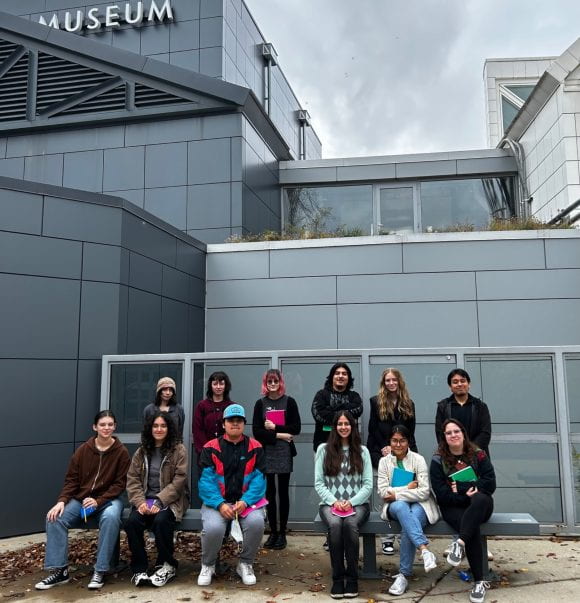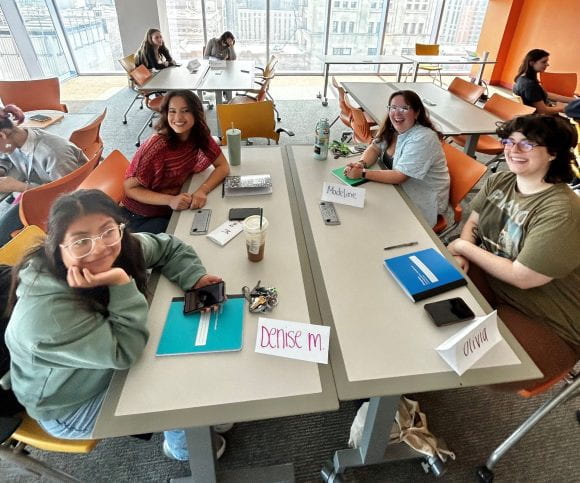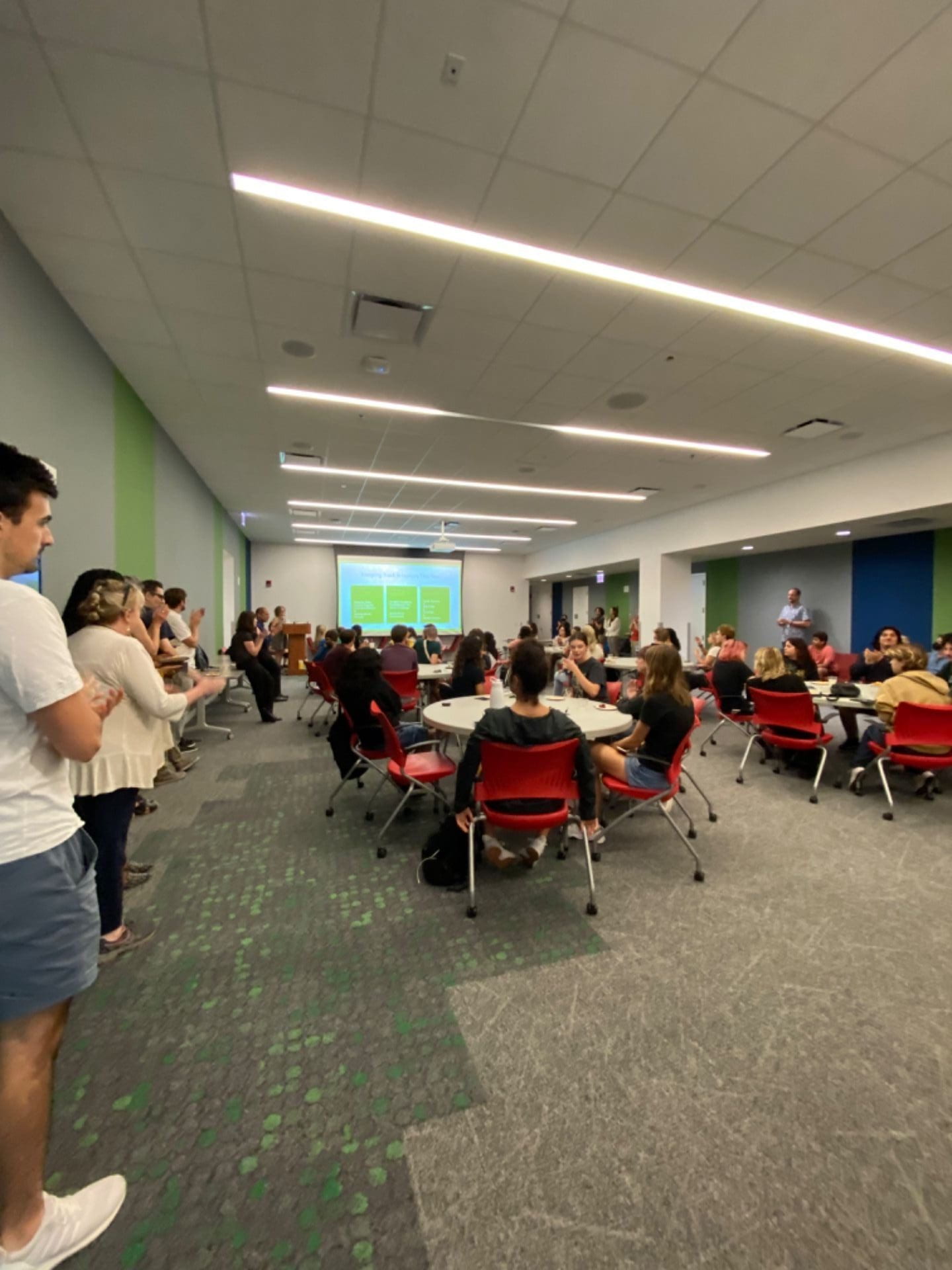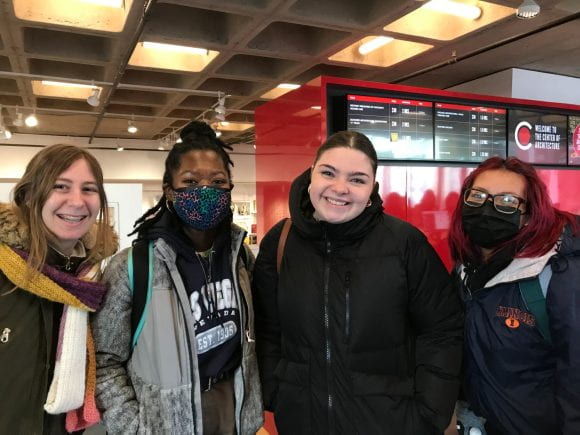By: Salma Mardi
The Honors Program at Roosevelt University had a thriving October, marked by an array of engaging events, intellectual explorations, and significant opportunities for academic and personal growth.
One of the month’s standout moments was the impactful participation in the “American Dream Reconsidered Conference.” This thought-provoking event served as a pivotal platform for students to deeply engage in conversations encompassing pivotal aspects of the American Dream. Within this academic arena, students delved into profound discussions regarding social justice, historical memory, and the societal reformation of norms. This academic exchange was far more than a mere conference; it was an immersive exploration into the complexities of our society. It highlighted the program’s unwavering commitment to fostering critical thought, societal awareness, and active participation in shaping the discourse on pertinent societal issues. This intellectual engagement empowered students to not only understand but also actively contribute to the ongoing dialogue surrounding the American Dream, emphasizing the program’s dedication to holistic education and social responsibility.
The Honors Exchange meticulously organized an enlightening field trip to the National Holocaust Museum in Skokie. This trip was not just an educational excursion; it was a deeply emotional and poignant experience that carried profound significance. The visit offered a somber and thought-provoking exploration of the theme of remembrance and responsibility, leaving a lasting impact on all participants. It wasn’t just a mere visit but a journey that emphasized the importance of preserving historical memory and acknowledging the weight of our collective past. This solemn and reflective journey resonated deeply with the Honors Program’s ethos, emphasizing the values of social consciousness and fostering a profound understanding of historical narratives and their significance in shaping the present and future. The experience provided a space for students to not only learn from history but also to emotionally connect with the gravity of the past, aligning with the program’s dedication to creating well-rounded and socially aware individuals.
Furthermore, the Model Illinois Government (MIG) commenced an immersive journey with its first meeting and a stimulating session hosted at Prairie State College. These interactive sessions provided students with a firsthand experience in assuming the roles of legislators, journalists, and lobbyists. They actively engaged in practical simulations that mirrored the intricate workings of governance and legislation. Participants not only observed but actively participated in the decision-making processes that govern legislative actions, gaining a comprehensive understanding of the complexities inherent in the functioning of government. This hands-on experience allowed students to practically engage with the complexities of policy-making, reinforcing the importance of real-world experience in understanding the nuances of governance.
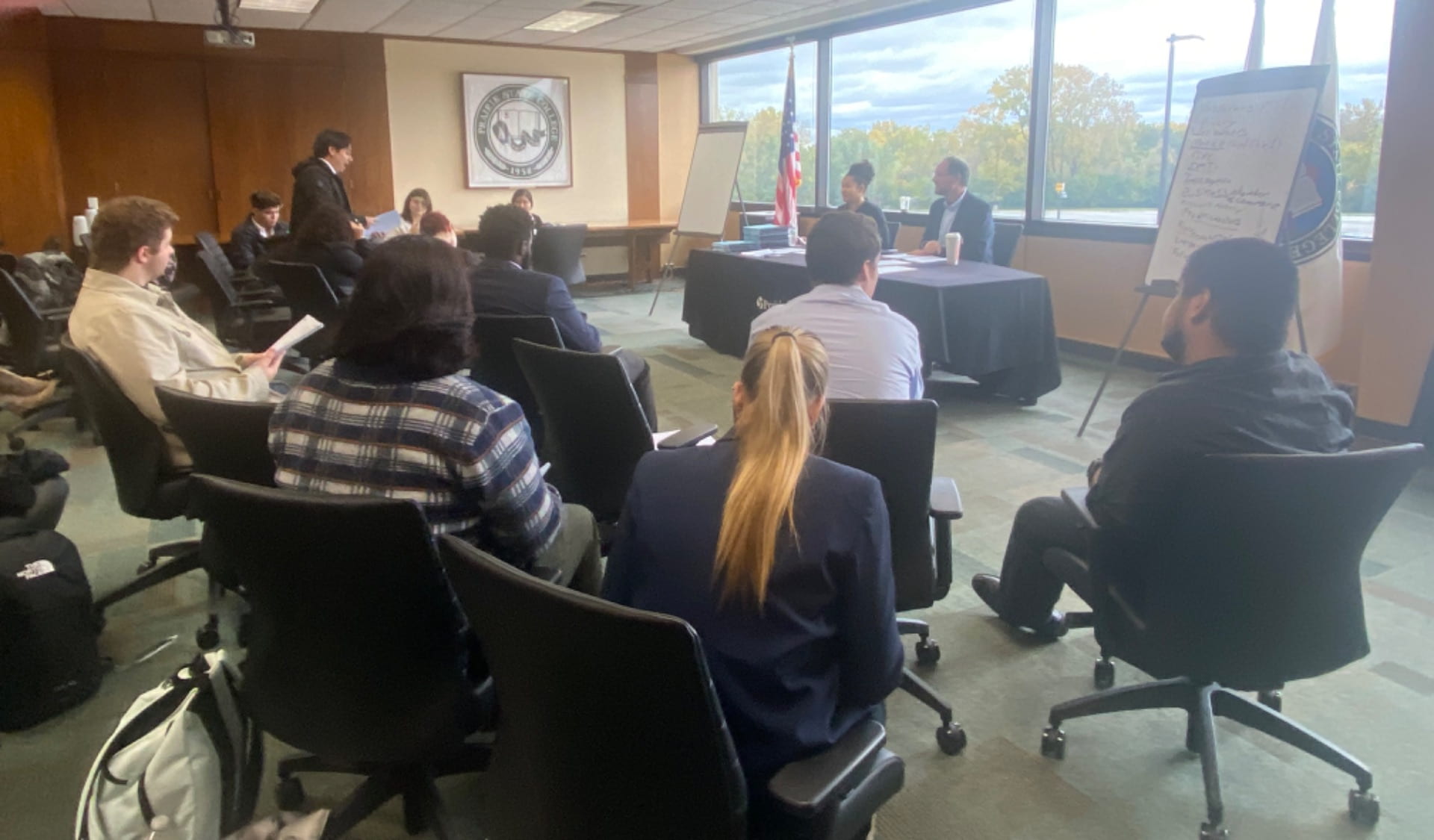
This invaluable exposure to the mechanics of government aligns with the Honors Program’s emphasis on offering a comprehensive education that transcends textbook learning, ensuring students grasp the intricacies of governance through practical engagement and participation.
October was a month teeming with a diverse and rich array of opportunities, intellectual engagements, and practical experiences that exemplified the Honors Program’s dedication to offering an enriching and nurturing environment. These events were carefully curated to facilitate not only academic growth but also social and personal development. Each activity, from the thought-provoking discussions to the hands-on experiences, resonated with the program’s commitment to fostering a well-rounded education that extends beyond the confines of the classroom. The Honors Program’s commitment to providing such a well-rounded experience ensures students have the space and support to excel not just academically but also in their personal growth, promoting a culture of exploration, critical thinking, and social responsibility. As the semester progresses, the Honors Program continues to flourish, acting as a dynamic platform that cultivates an enriching space for students to not just learn but to thrive and grow. It remains steadfast in its dedication to offering an environment that encourages holistic development, enabling students to navigate an academic journey filled with enriching experiences and empowering opportunities.
